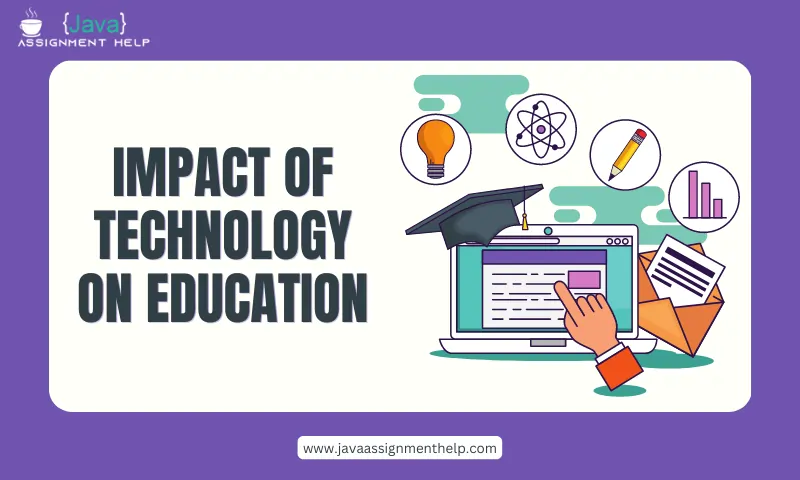Technology-Based Learning: Technology has revolutionized the way we learn and teach, and special education is no exception. Assistive technologies like text-to-speech software, virtual reality tools, and interactive whiteboards are making it easier for students with disabilities to access and engage with educational materials. As technology continues to advance, we can expect to see even more innovative solutions for special education students.
Inclusive Practices: Inclusion is becoming increasingly important in special education, with a growing emphasis on creating learning environments that are accessible to all students. This includes not only physical accessibility but also curriculum and instructional accessibility. By designing curriculum and instruction that is flexible and responsive to diverse learning needs, special education teachers can ensure that all students can fully participate in the learning process.
Social and Emotional Learning: Special education has always been about more than just academic achievement; it is also about helping students develop the social and emotional skills they need to succeed in life. Social and emotional learning (SEL) is a growing trend in special education, with a focus on building students’ self-awareness, self-management, social awareness, relationship skills, and responsible decision-making.
Personalized Learning: Every student learns differently, and personalized learning recognizes this by tailoring instruction to each student’s unique needs and interests. Special education is ideally suited for personalized learning, as it is already focused on individualizing instruction for students with diverse needs. By leveraging technology and data to identify student strengths and weaknesses, special education teachers can create customized learning experiences that maximize student success.
Multicultural Education: The demographics of special education students are changing, with an increasing number of students from diverse cultural and linguistic backgrounds. Multicultural education is a trend that recognizes the importance of valuing and respecting cultural diversity in the classroom. This includes not only celebrating diversity but also integrating cultural perspectives and practices into the curriculum and instruction.
Collaboration and Partnerships: Special education cannot exist in isolation; it requires collaboration and partnerships with families, community organizations, and other stakeholders. This includes working with families to develop and implement individualized education plans (IEPs), partnering with community organizations to provide additional resources and support, and collaborating with general education teachers to ensure that special education students are included and supported in the general education classroom.
In conclusion, the future of special education is full of promise, with exciting trends and innovations on the horizon. From technology-based learning and inclusive practices to social and emotional learning, personalized learning, multicultural education, and collaboration and partnerships, special education is evolving to meet the diverse needs of students with disabilities. By staying current with these trends and innovations, special education teachers can help ensure that their students are prepared for success in school and beyond.




